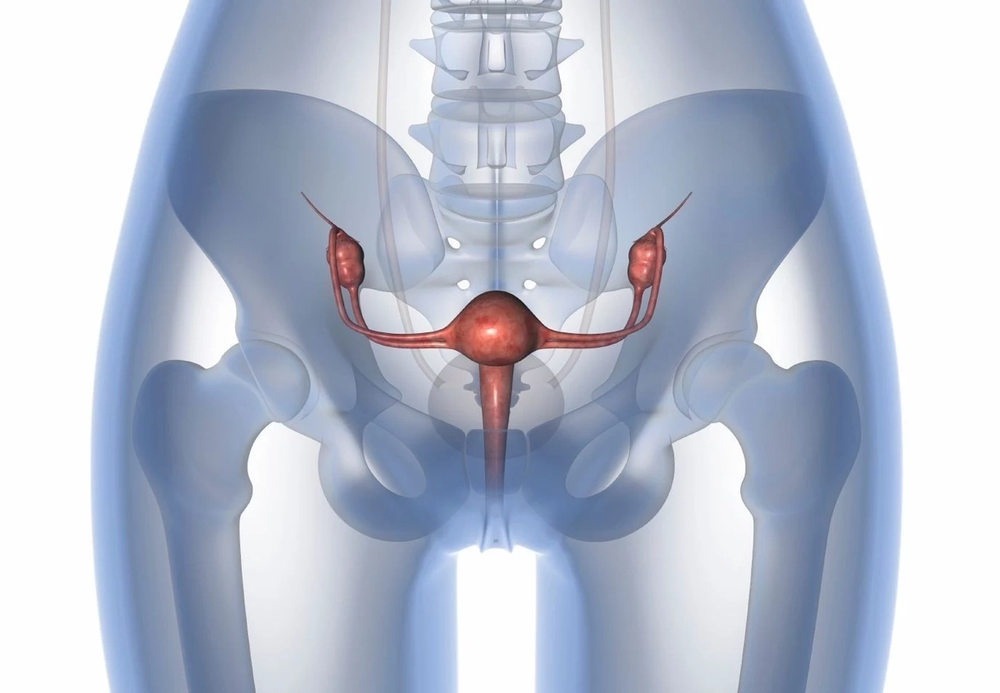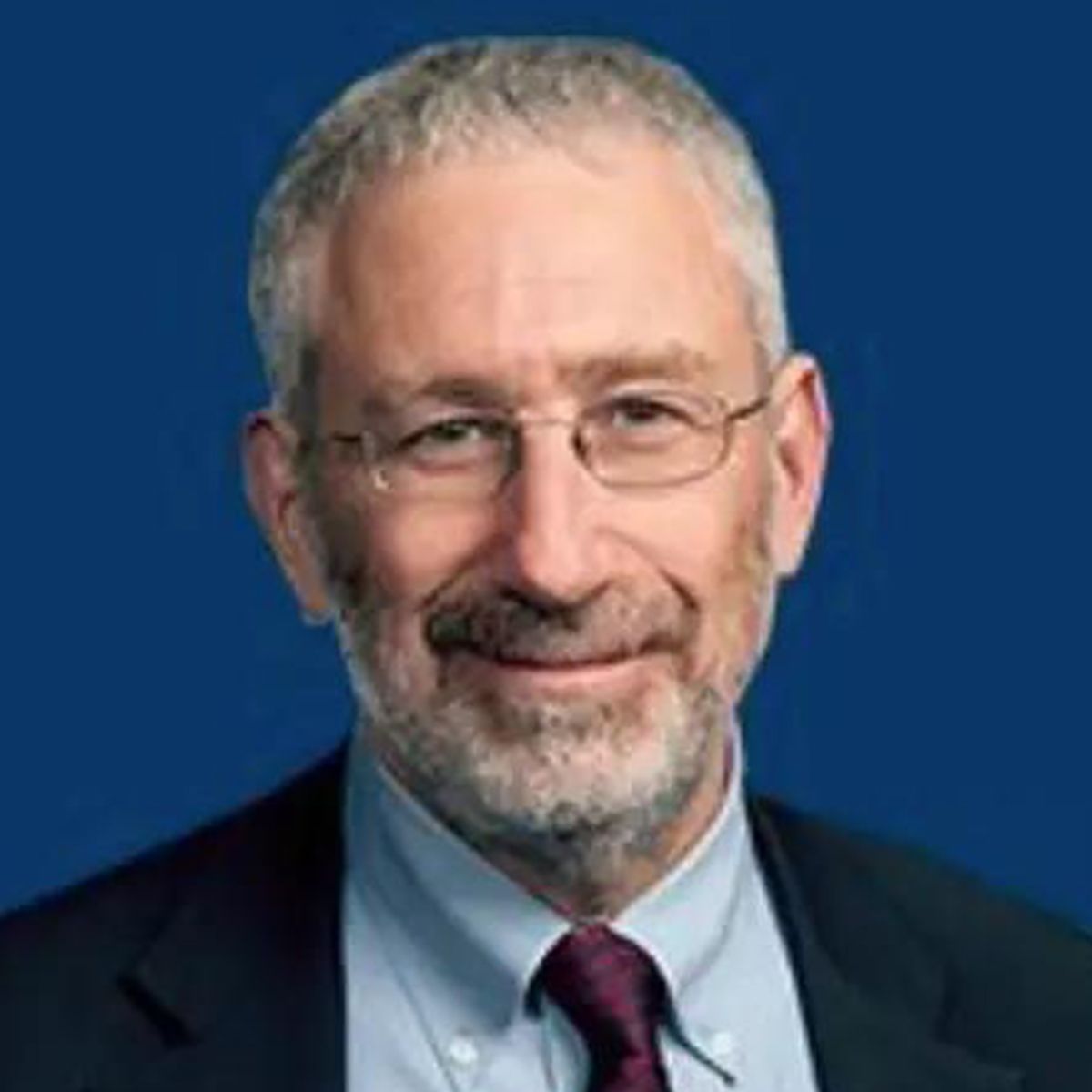Article
Increasing Rate of High-Risk Endometrial Cancer in Black Women Prompts Questions Into Underlying Causes
Author(s):
Cortney Eakin, MD, discusses alarming trends in uterine cancer histologies in Black women and some of the potential underlying risk factors at play.
Endometrial Cancer

Black women are more likely to present with high-risk uterine cancers compared with White women, said Cortney Eakin, MD, who added that although obesity has been considered 1 of the potential underlying risk factors, more research needs to be done to define the variables that have caused the disparity.
“The risk of high-risk histologies in Black women is increasing at a very high rate, at 4% every year,” Eakin said. “If we don’t find a reason for this trend, and we don’t do something to abate it, we’re looking at Black women being at a 2.8 times higher risk of being diagnosed with a high-risk cancer compared with a low-risk cancer. These disparities that we’re seeing today are only bound to get worse if we don’t do something about it.”
In an interview with OncLive® during the 2022 SGO Winter Meeting, Eakin, a gynecologic oncology research fellow at the University of California, Los Angeles (UCLA), discussed alarming trends in uterine cancer histologies in Black women and some of the potential underlying risk factors at play.
OncLive®: What prompted this research into trends in uterine cancer histology in Black women in the United States?
Eakin: I have some phenomenal mentors as a fellow. John K. Chan, MD, [of the University of California, San Francisco] is certainly one of them. One of the things that is important for great mentorship is being able to challenge [existing] paradigms and to ask the [important] questions. One day, we were having a conversation about the dualistic approach to type 1 vs type 2 endometrial cancer, and we questioned how accurate that [paradigm was].
We have access to these national databases where we can see obesity and histology trends. If this paradigm really exists, shouldn’t we see that on a national scale? That question is what started this project.
What did you find when looking into this topic?
There have been several studies thus far that have showed that Black women tend to be at higher risk for high-risk histologies. That’s nothing new. What we really wanted to do was to [observe] what obesity trends are doing [in this population] and understand how they compare with those of White women. We also wanted to understand what happens if these trends continue.
We found that the rate of uterine cancer is not increasing significantly in White women, but it’s increasing very significantly—about 2.5% every year—in Black women. If those were all low-risk, grade 1, endometrioid tumors that typically have a good prognosis, that’s 1 [thing]. But we wanted to break down the histology to understand what cancers [these women] are getting. [It turns out Black women are getting] higher-risk cancers.
When you look at obesity, [Black women] are significantly more obese [compared with White women]. The main finding of the study was that Black women are significantly more impacted by those high-risk cancers [and] that they’re increasing at a high rate. If you look at all type 2 cancers, they’re increasing at about 4% annually, which is worrisome in and of itself. When you look at serous carcinomas in particular, they have been increasing over 6% every year for almost the past 20 years. If this trend continues over the next 10 years, when a Black woman gets diagnosed with uterine cancer, they’re going to be almost 3 times as likely to get a high-risk cancer compared with a low-risk, grade 1 tumor. That’s a trend that we have to pay attention to.
We know that these racial disparities exist. What can we do to modify them? When [a patient] gets diagnosed with uterine cancer, we can say it’s an access to care issue, and we can [ask] whether they are getting the best treatment available, but we can’t change the histology. The histology is what they present with, and there have to be some sort of modifiable risk factors out there that can account for some of these racial disparities. Maybe obesity is 1 of them.
What is the likelihood that obesity is responsible for these trends?
The main question we had with this study was whether obesity could potentially be a [risk] factor. Obesity is rising in both Black and White women. Obesity is rising [at a faster rate] in White women than it is in Black women, but Black women are also traditionally more obese.
By 2017, 47% of Black women were obese. Forty seven percent of an entire population is high. Ultimately, [we didn’t collect] patient-level data, so we can’t say [definitively] that obesity plays a role. All we can say is that when we look at the national trends, it’s a question that is worth proposing and looking into further in future studies.
Have any comparative studies been done on a global scale on this topic?
On a global scale, [there have not been any studies done on this topic]. Our study had over 778,000 endometrial cancers. The vast majority were endometrioid. Serous cancers made up about 6%, and clear cell and carcinosarcomas collectively made up about another 6.5%. Globally, you’re talking about [approximately] 10% of cancers. It’s hard for us to have studies that have the power to find these risk factors when endometrial tumors are traditionally much more common.
The studies that have been done that have proposed these questions are things like the Women’s Health Initiative. Some data are coming out of [that study]. There’s also the Epidemiology of Endometrial Cancer Consortium. Those studies have shown that body mass index [BMI] and obesity have more of an impact on type 1 tumors, but the impact that [obesity] has on type 2 tumors is also not 0.
The data are out there, and people are paying more attention to this now. Now it’s a matter of, on a national and global scale, what we do about it.
What are some of the next steps that should be taken to further this research?
One thing that we can do about it is ask: What is driving this? Race is not just Black and White. Genetically at our core, we’re much more similar than we think. Race is a proxy for so many other social determinants of health and environmental factors. Are there environmental factors, are there epigenetic factors, or are there biomarkers that are impacting this population at a higher rate than they’re impacting other populations that can explain why Black women are being diagnosed with higher-risk cancers? Those are the questions that we need to start asking ourselves so we can start to drive down this disparity.
At the end of the day, our job as oncologists is to ask the tough questions, go back to the original paradigms, and question whether there a way that we can rethink them.
Ultimately, that’s all we’re proposing. Can we rethink about the way that we have approached endometrial cancer that will allow us to improve disparities that we’re seeing today? Hopefully, we can start to drive that conversation forward, and if that’s what happens, we’ve done our job.







